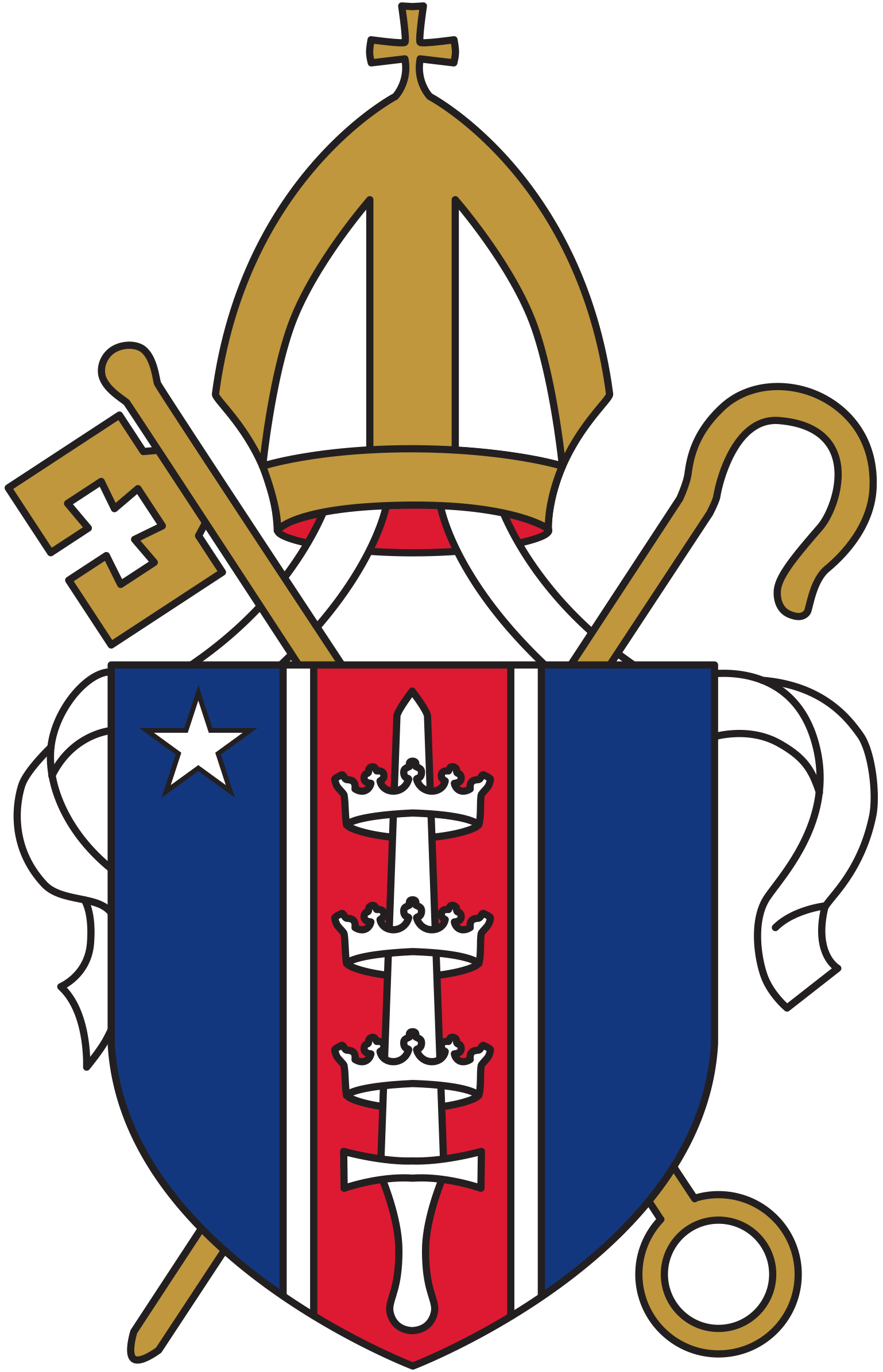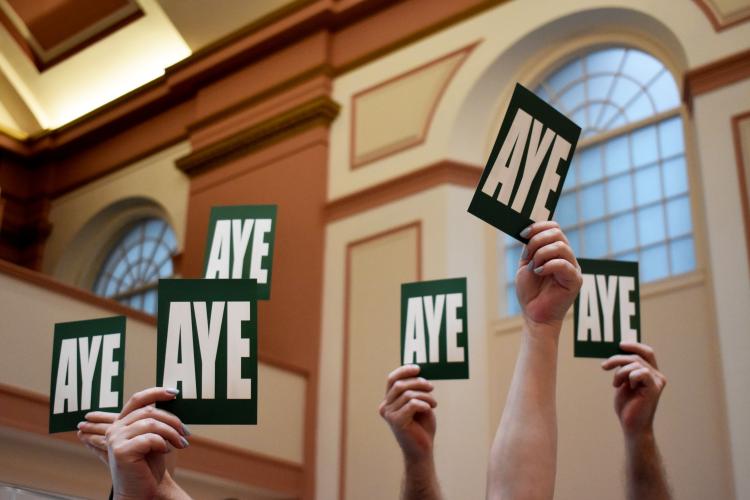A diocese is a grouping, usually geographic, of congregations (parishes as well as missions, chapels, intentional communities and chaplaincies) under the jurisdiction of a bishop.
The diocese is organized and ordered according to its Constitution and Canons (find the Constitution and Canons in the Document Library, here).
The diocese has three primary governing bodies. Click on any of the links below (or in this site's menu list) to find more information about each. (Title IV information pertaining to the clergy disciplinary process can be found on the Clergy Disciplinary Process page.)
Diocesan Convention
The clergy and two elected lay representatives from all congregations in union with the diocese meet annually in Diocesan Convention to conduct the business of the diocese, and occasionally in special conventions for particular purposes, such as the election of a new bishop. Find links to current and past Diocesan Conventions for more information here.
Diocesan Council
In between the annual conventions, Diocesan Council is the smaller elected body of clergy and lay representatives that meets regularly throughout the year to oversee diocesan business. Visit the Diocesan Council page for more information.
Standing Committee
The Standing Committee is an elected body that serves as a council of advice to the bishop and also has specific canonical responsibilities in matters of parish governance (including approval of by-laws), property matters and the ordination process. The Standing Committee has oversight of the process when the diocese undertakes to search for, elect and consecrate a new bishop. The Standing Committee becomes the diocese’s ecclesiastical authority in a situation where there is no bishop in place. Visit the Standing Committee page for more information.
General Convention
The Episcopal Church's primary governing body is the General Convention, which meets every three years. Find more information on our General Convention page.

